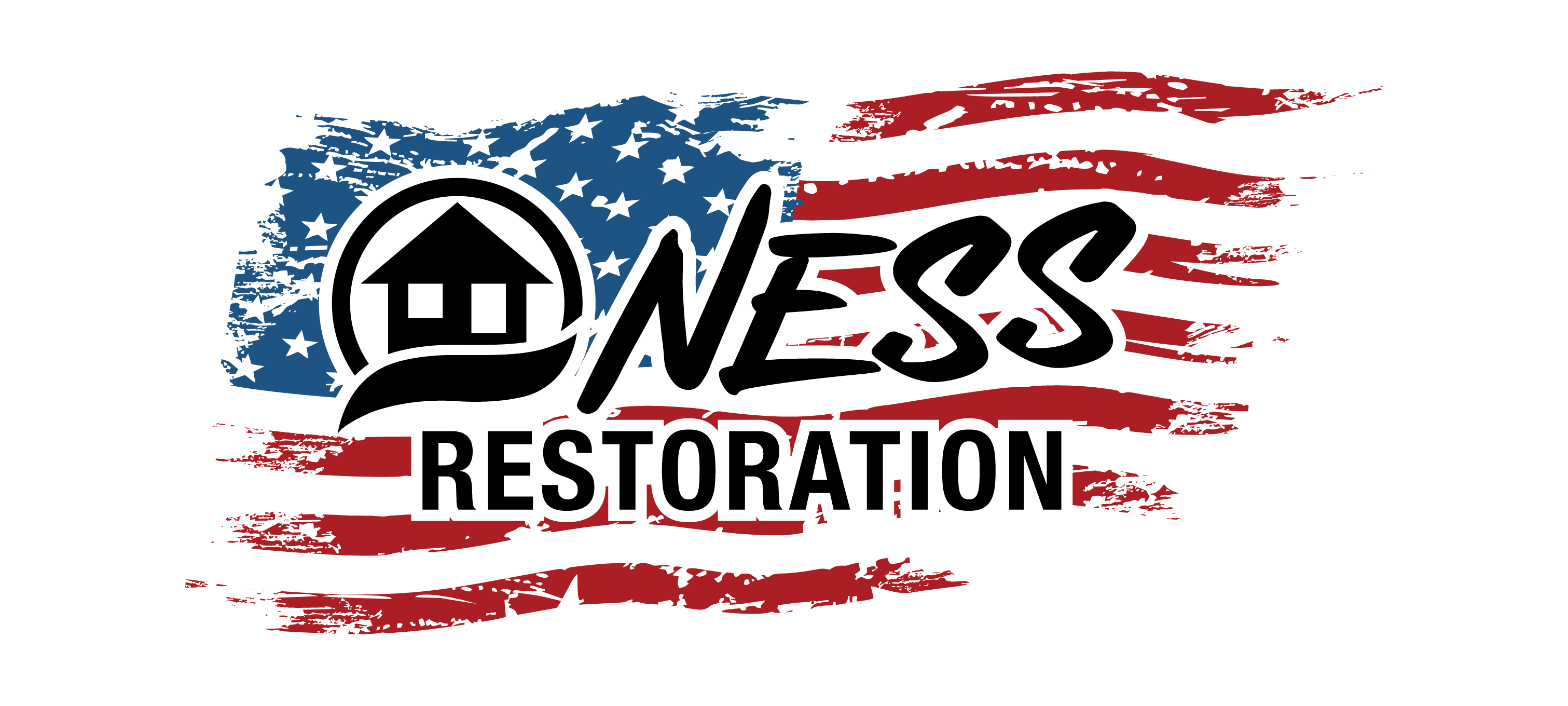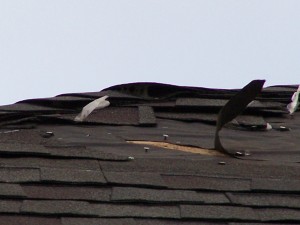When it comes to roofs, there are really only two kinds: those that leak, and those that don’t. This may seem like a simplistic way of looking at it, but if corners are cut there is a good chance you may end up with a repair bill totaling as much as the roof itself. Always consult a professional before undertaking something like a roof replacement.
The number one rule when roofing your home is simple; water rolls down hill. Keeping this in mind, all shingle based roofs (the most common residential roof) should have some basic elements: Sheathing, underlayment, flashing, shingles and vents.
Sheathing is the layer of wood that makes a roof look like a roof. This solid surface is meant to act as a backer below the waterproofing layers, but it is not waterproof itself. Standard OSB (oriented strand board) is the most common material used, but older homes may also have plank sheathing.
Underlayment is available in many different forms, but the most common types are 15 and 30 pound felt. The pound rating here basically describes the thickness of the felt. Underlayment is a moisture barrier and provides an additional waterproofing layer over the sheathing. Using 30 pound felt is not always necessary, however it will prevent problems like ‘framing’ (the lines of the sheathing panels show through the shingles). The necessity of 30 pound felt is debated among professionals, but most feel it is a better product, especially in high wind areas where shingles may be blown off.
Flashing is thin metal sheeting used in high stress areas of the roof. In valleys, edges, and joints of any kind, water has a tendency to get in. Having metal in these areas prevents possible leaks due to gaps or cracks around expanding and contracting joints. Ask any professional roofer, and they will tell you most leaks happen around these areas.
Shingles are obviously the part of the roof you most commonly see. There are in essence, two types: three tab and architectural. Three tab shingles are a single shingle made up of asphalt fiberglass and rock granules. These shingles generally carry up to a 25 year warranty and are the thinner of the two types. They are more prone to tear off and show defects in the layers below. Architectural shingles are multiple layers of shingle laminated together. They generally carry a 30 year warranty, but in some cases are warranted for the entire length of home ownership (lifetime warranty). These shingles are heavier and more expensive, but not by much (usually only a few dollars a bundle). They are more visually appealing and come in a variety of textures.
The final element of the roof is the venting. Venting provides air flow through the attic. Having airflow will keep your roof looking better longer by preventing heat and moisture buildup. These issues can cause problems like condensation and wood rot in the roof structure. Excess heat in your attic can warp the underlayment causing leaks and unsightly wrinkles in the shingles. Proper venting can even keep the house paint looking better for longer. Most houses are not properly vented, but if you’re having a new roof put on, make sure you have the proper vents installed, or you might be replacing that roof sooner than you would like.
Whatever method you choose to roof your home, don’t hesitate to seek the help of an experienced professional. If you have a leak, moisture damage, or your old roof is just worn out, contact a licensed professional to help with your roof, and do it right the first time.


